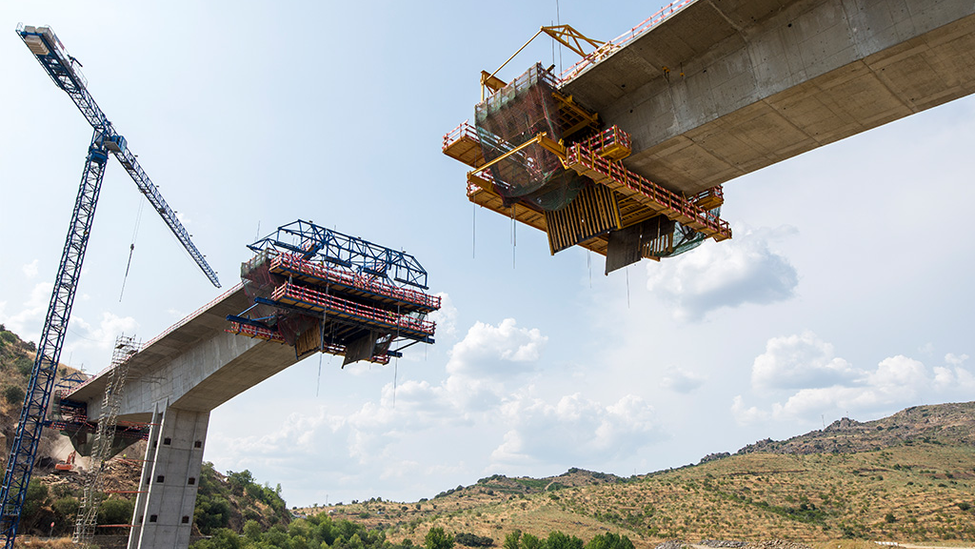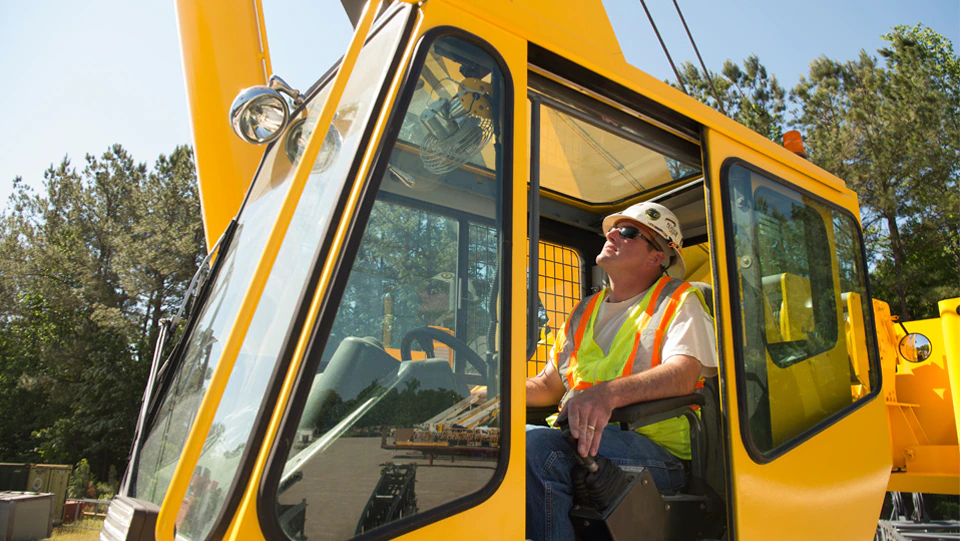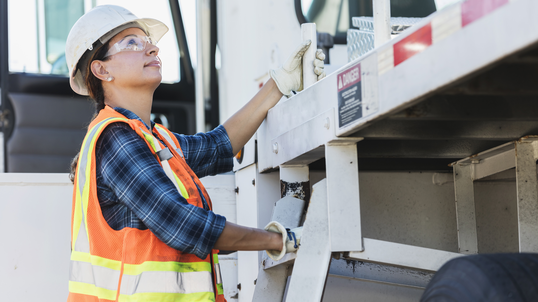Fall Protection Safety Quick Tips for Job Sites


Whether workers are navigating towering skyscrapers or simply a ladder, proper fall protection is critical for their safety and for injury prevention. By following a proper hierarchy of controls and written procedures and by maintaining vigilance, workers and employers can help reduce the risk of falls and injuries on the job. Consider these helpful tips to stay safe while working at heights:
Inspect the ground.
- For floors, good housekeeping can help ensure good footing, which is essential for avoiding falls.
- Remove debris on the ground, including scrap lumber, trash, wire, etc.
- Immediately clean up and dry slippery substances like water, grease or oil.
Use ladders correctly.
- Select the appropriate ladder for the task at hand and ensure it is in good condition.
- Place the ladder securely; safely position the base and side rails.
- When climbing a ladder, always maintain three points of contact and face the ladder.
- Do not lean out to the side when you are on the ladder. If something is out of reach, get down and move the ladder.
Use scaffolds.
- Construct scaffolds to be as solid as permanent structures, even if they will be used for a short time.
- Ensure uprights are evenly spaced, plumb and on a stable foundation.
- Use mudsills and horizontal or diagonal bracing for stability.
- Install guardrails and toeboards to help prevent falls.
- Inspect planking before installation and ensure proper overlap and securement.
- For suspended scaffolds, always wear personal fall protection equipment tied to a secure lifeline.
Keep stairway views clear and secure openings.
- Avoid running or carrying objects that obstruct your view on stairways.
- Always use stairway handrails and remain attentive to your surroundings.
- Securely cover floor and wall openings when possible.
- Use standard guardrails and toeboards for protection from openings.
Conduct thorough safety inspections.
- Before working at heights, conduct thorough safety inspections.
- Check equipment, scaffolding, and working areas for potential hazards.
- Address any issues promptly to ensure a safe working environment.
By prioritizing safety measures, adhering to protocols, and staying vigilant, you can help improve safety when working at heights.
Learn how Travelers’ risk expertise can help you create safer work environments – contact your insurance agent or speak to a Travelers representative.



